This guide will walk you through how to facilitate an agile framing meeting with your client or team in a professional manner.
We will begin by explaining why agile framing is essential, then we will go through the key steps and associated tools following a top-down approach. We’ll discuss the three main elements of agile framing:
- Define the vision and objectives of the agile project using the Lean Canvas tool.
- Assess the potential impacts of the project on all stakeholders using the impact mapping technique.
- Identify the features that provide the most value to users through the story mapping method.
At the end of the article, we will present some guidelines for the overall estimation of a project. Finally, we’ll explain which step follows agile framing.

Prerequisites
Agile framing can be carried out either after the conclusion of the agile contract with the customer or as a separate service.
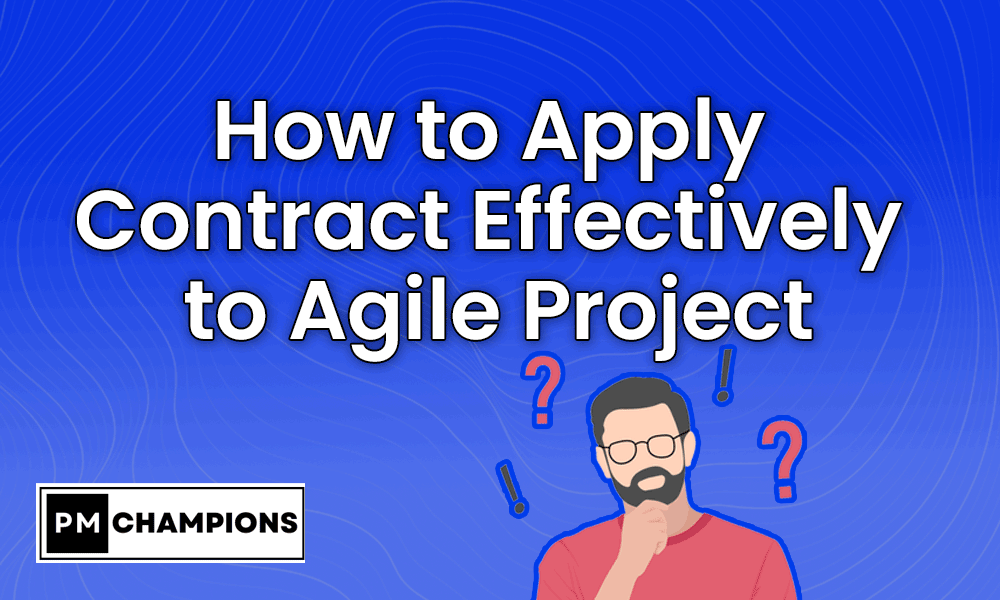
Agility: More Reading
Why do we do an agile project framing?
The main objective of framing an agile project is to clearly define the essential parameters of the project from the outset, namely the vision, scope, deadlines, budget and key functionalities.
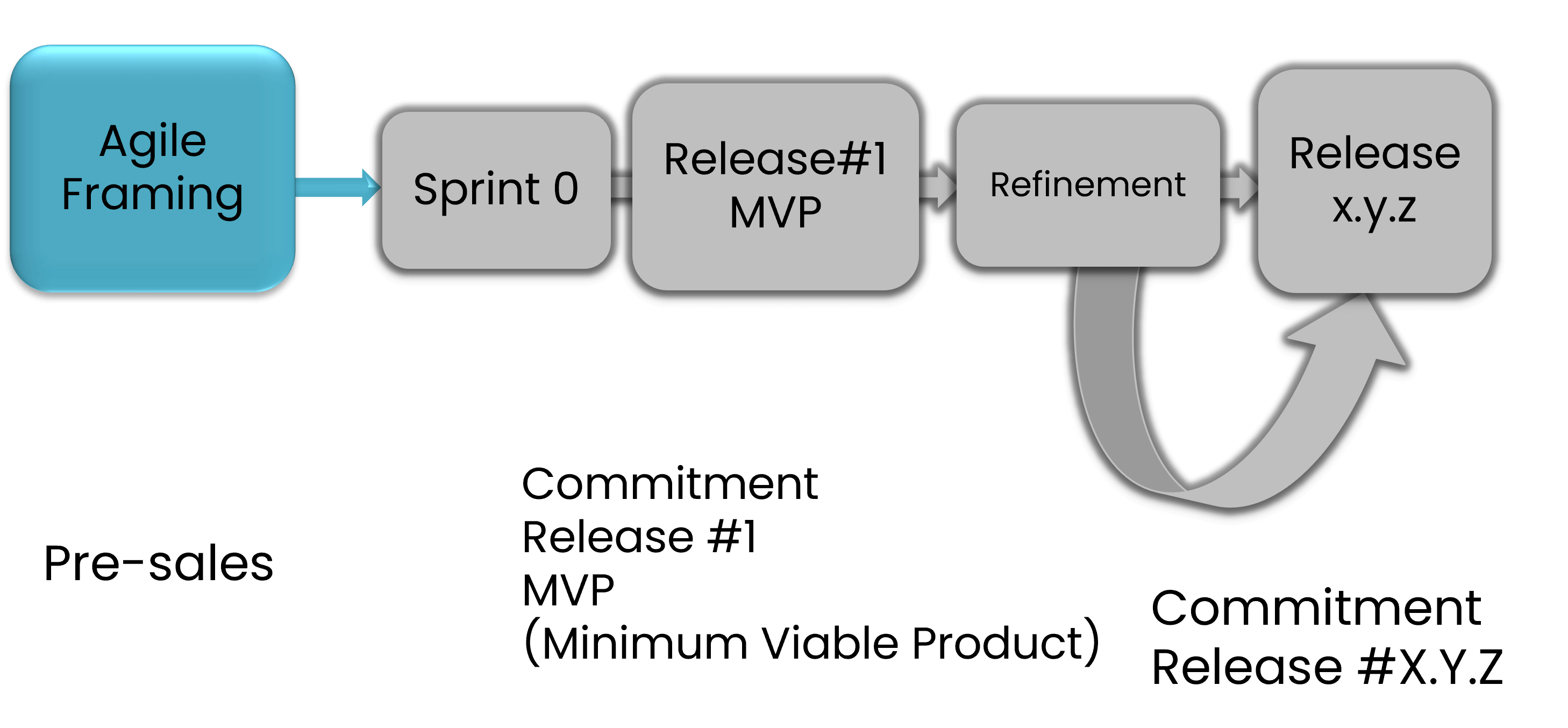
This ensures the success of the project by focusing on the crucial elements while meeting time and resource constraints.
Framing the project within a limited time frame:
Kick-Off
- Agile framing promotes a quick start to the project by avoiding overly long planning phases. This allows you to get the project started quickly, get feedback sooner, and adapt more effectively to changes.
MVP
- Agile framing focuses on the MVP, ensuring teams focus on the essential features for a quick launch and collecting feedback to guide future development.
Stakeholders
- Agile framing involves engaging all stakeholders from the start, through workshops that bring together the team, sponsors, and end users. This promotes mutual understanding of the project’s goals, expectations, and constraints.
A set of activities based on tools to produce:
Vision
- Agile framing starts with creating a vision for the product. This vision is a concise statement of what the product needs to accomplish and why it is important. It guides all decisions made throughout the project.
Roadmap
- After establishing the vision, a roadmap plans the key stages of the project by focusing on the progressive realization of functionalities according to their value and risk management. It also communicates milestones to stakeholders.
Budget
- Agile framing takes into account budget constraints. Teams evaluate the estimated costs of the project and strive to keep the project within the set budget.
How to do an agile project framing?
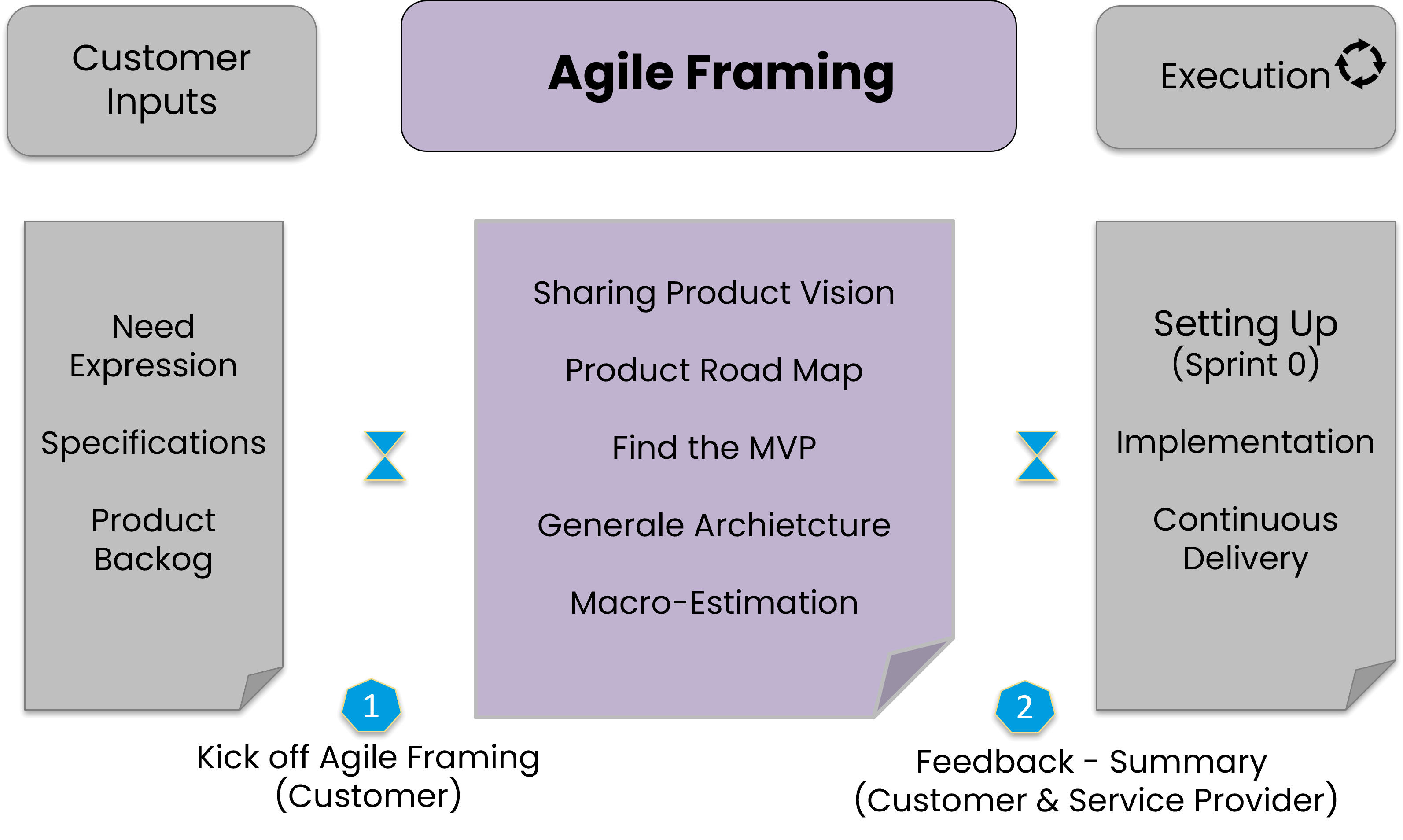
Understand the product vision
Understanding the vision is an operational response to the business strategy that links to the roadmap. Product Vision provides answers to the following questions:
- What problems do we need to solve?
- Who are we “really” working for?
- What solutions do we offer?
- How are we going to distribute this product?
- How will we measure the success of this product?
Having a vision makes it possible to align all stakeholders and anticipate technological choices, risks and uncertainties. It is also necessary to put this vision in context, i.e.:
- A product or a service lives in a context subject to forces and constraints that will shape it to a large extent.
- These forces at work are:
- Key trends
- Market forces
- Macroeconomic forces
- Industry Forces
Lean Canvas
The Lean Canvas is an essential tool to effectively define and share the Product Vision as part of agile project framing. It provides a visual and synthetic approach to documenting key elements of the product vision, facilitating communication and alignment with stakeholders.
It is constructed by dividing a sheet into nine main sections. Each of these sections is designed to capture essential information about your project or product. Here’s how the Lean Canvas is typically built (e.g. from a real project):
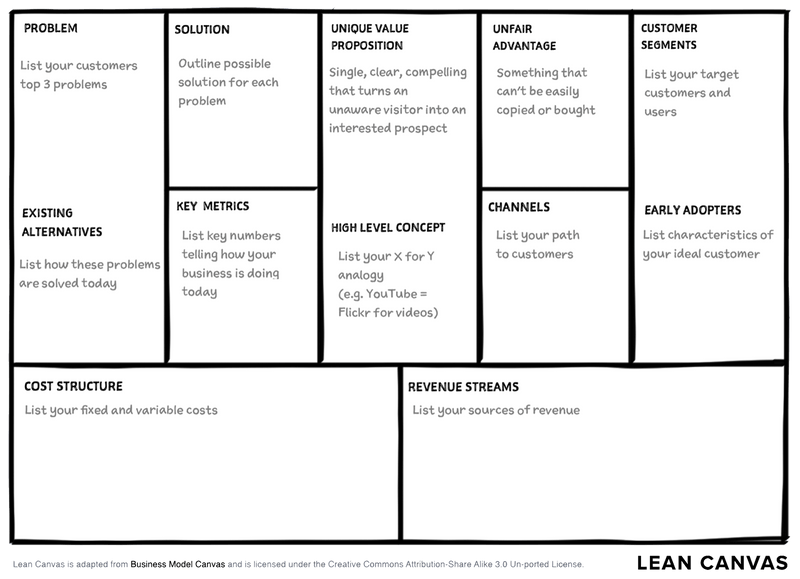
Structure: The Lean Canvas consists of nine distinct sections:
- 1-Customer Segments: Specify the target customer groups.
- 2-Problem: Identifies the problem that your product or project solves.
- 3-Unique Value Proposition: This makes your solution attractive.
- 4-Solution: Briefly describe the proposed solution.
- 5-Channel: The channels through which you will reach your customers.
- 6-Key Activities: Key actions to deliver the value proposition
- 7-Key Resources: The essentials to implement your model.
- 8-Sources of income: Identify ways to generate revenue.
- 9-Customer Relations: How you interact with customers.
Questions to pilot the workshop:
- Users: Who is the target segment of the app, who are our personas, who are our beta users?
- Problems: What are the main problems we need to solve, for the company, for the service, for the user?
- Value proposition: How are we going to solve the problems? What promises do we make to users?
- Solution : What are the main features that will address user problems?
- Adoption strategy: How will users adopt the app?
- Key indicators: What are the indicators that we will monitor and measure to validate or not our hypotheses and solution?
- Costs: What are the fixed and variable costs?
- Revenue: What will be our ROI? What is the economic model of the project?
- User relationship: What contact should we create, keep or develop with users? What types of relationships already exist?
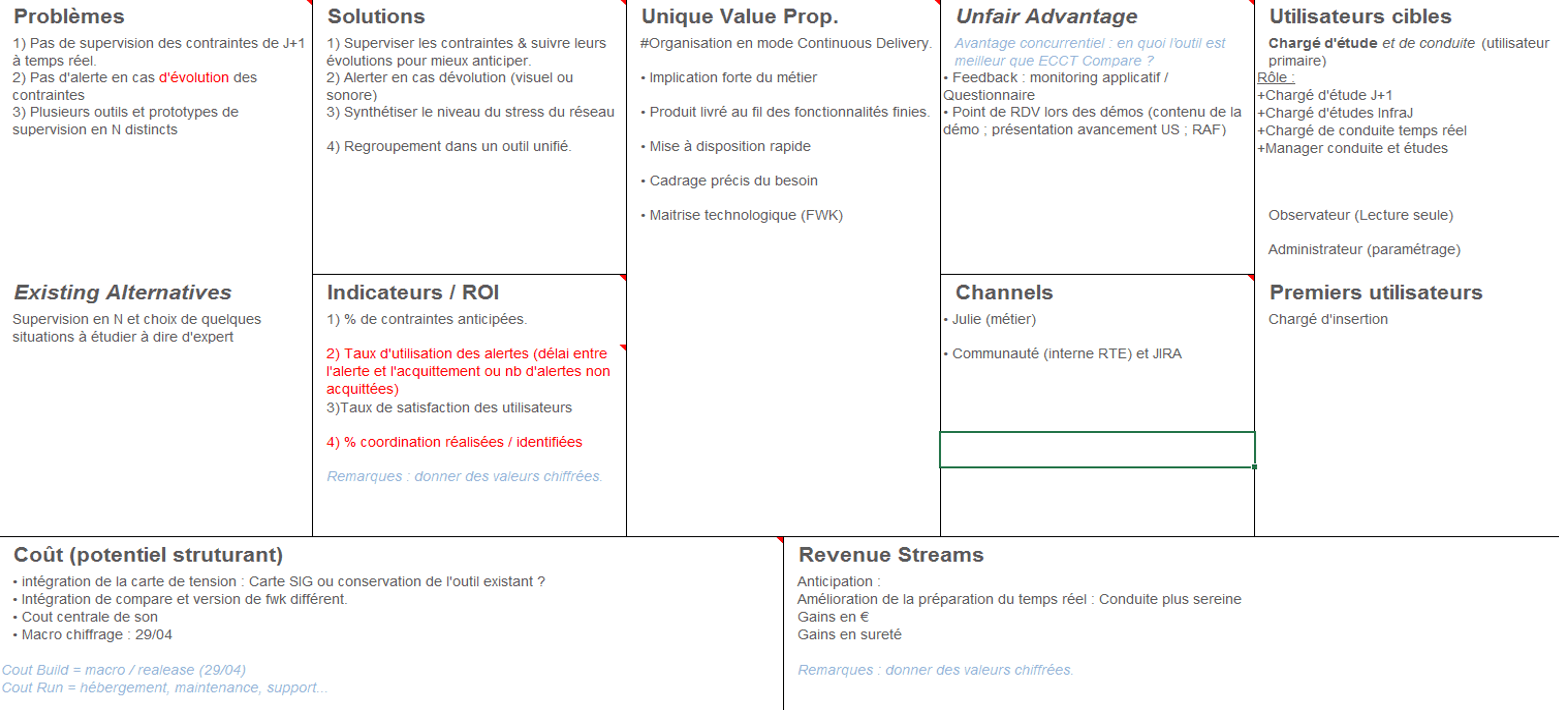
Build the product roadmap
A product roadmap is a visual plan that shows the future evolution of a product by highlighting key milestones and priorities.
To create our Roadmap, we use two proven tools: the Impact Map and the Story Map. Using these two tools helps us build a coherent and relevant plan.
Impact Map
- The Impact Map is a visual method of strategic planning.
- It unifies a goal-oriented vision and a feature-oriented vision.
Story Map
The Story Map allows you to identify and structure the functionalities according to 2 axes:
- The horizontal axis that divides the user journey into chronological steps.
- The vertical axis that details the steps into features.
Impact Map Workshop
Objective: Use the Impact Mapping tool to identify the people impacted and the desired impacts of the product and functions with the most business value by answering the four questions (Why, Who, How, What)
- Why ?
- Why do we do what we do?
- What is the goal we want to achieve?
- Who ?
- Who are the customers or users of our product?
- Who will be impacted by it?
- How ?
- How should actors’ behaviour change?
- How can they help us achieve our goal?
- What?
- What are the activities and features that can be delivered?
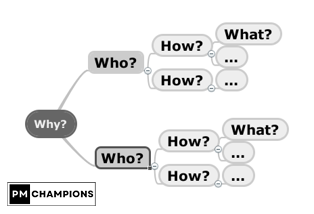
To carry out the Impact Mapping exercise, we recommend the Miro tool, which offers a very useful Mind Mapping feature.
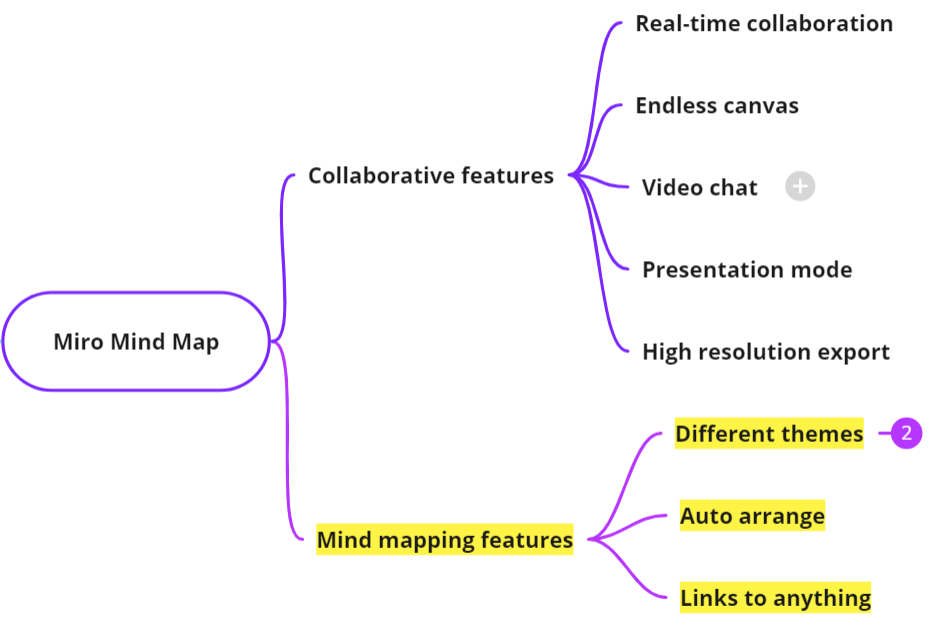
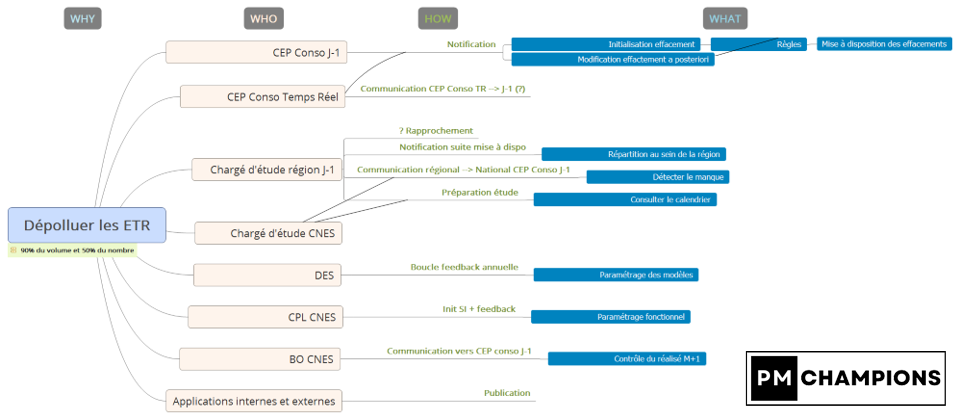
Story Map Workshop
Objective: To use the Story Mapping tool to organize and prioritize all features, with the goal of defining our minimum viable product (MVP) that will deliver value.
- Prioritizing the MVP
- Gain a shared view on planning
- Prepare the Product RoadMap
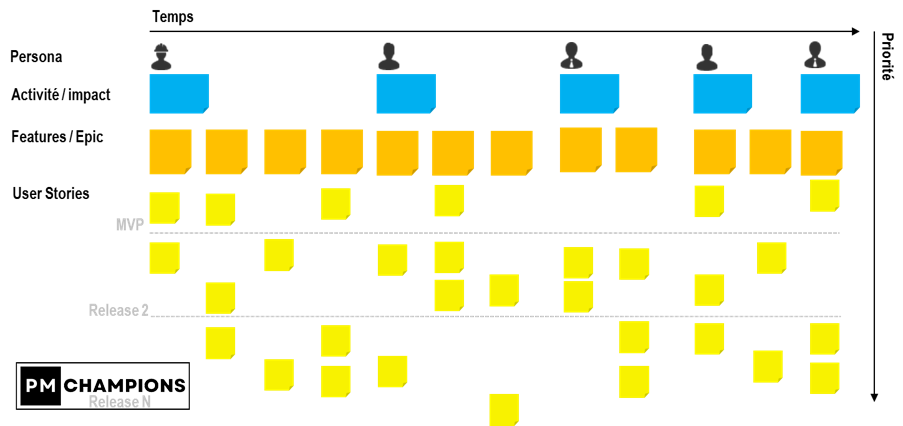
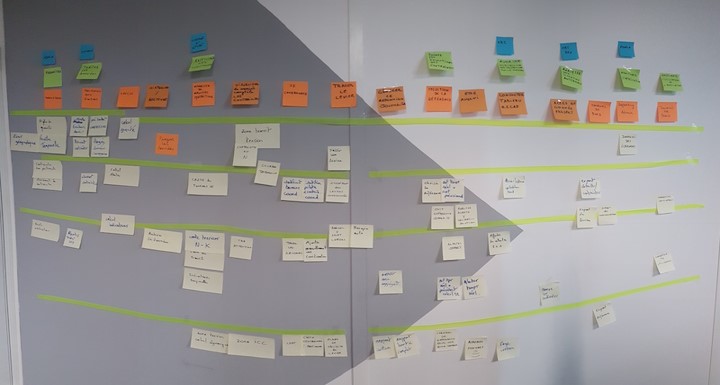

At each stage of the project (e.g. Release), the minimum viable product (MVP) must be beneficial, functional, and ready to be deployed in production.

Macro Estimation and General Architecture
This step is of great importance, usually initiated at the beginning of the project, often during the scoping or initial planning phase. Its main purpose is to provide an overall estimate and set up a high-level architecture for the system or product that the development team is about to create. Here is a brief overview of the main aspects addressed during this phase:
- Define the solution and the technical architecture.
- Identify the associated risks and preventive action plans.
- Estimate the different features presented in the Story Map, using a Planning Poker technique.
- Estimate Set-up Effort (Sprint 0)
- Produce the deliverable, a summary document, gathering all the elements.
Agile Framing: Summary from Vision to Solution
Agile framing, in a nutshell, involves defining the vision and goals of the project using the Lean Canvas.
Then, we evaluate the impacts on users (imapct mapping) and we start to design the major features of the product withstory mapping. At this point, it’s a good idea to keep these features at the “EPIC” level to facilitate macro estimation. Later, they will be detailed in “User Stories” and then in functional and technical specifications.
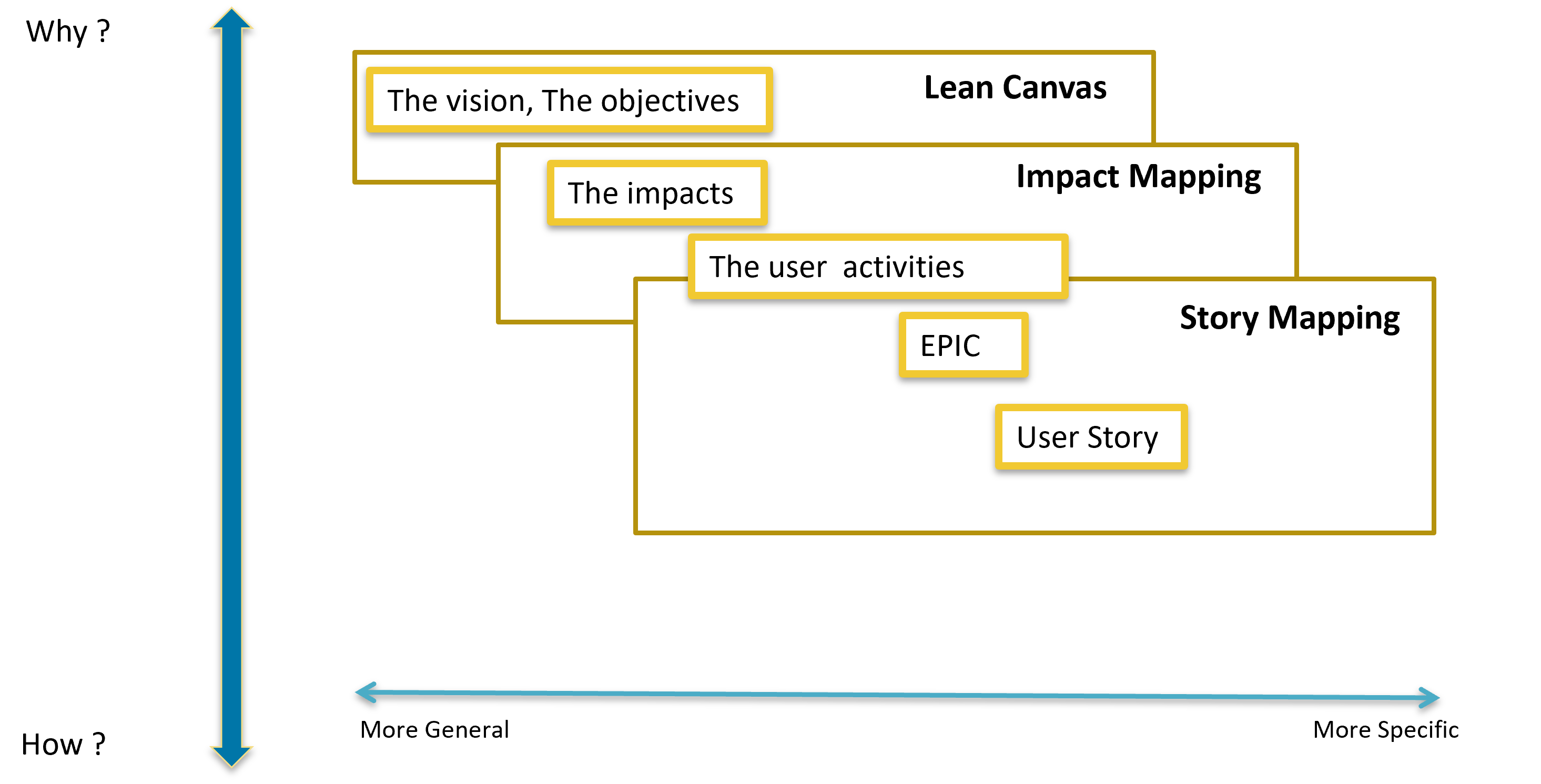
After completing the agile framing, the next step is to develop a Release Plan. The Release Plan plays a critical role in the iterative planning of agile methodologies, determining when the various features will be ready to be deployed or made available to end users during iterations (sprints).
Now you’re ready to facilitate an agile framing meeting.
If you have any questions, please feel free to leave a comment, we will be happy to answer them.

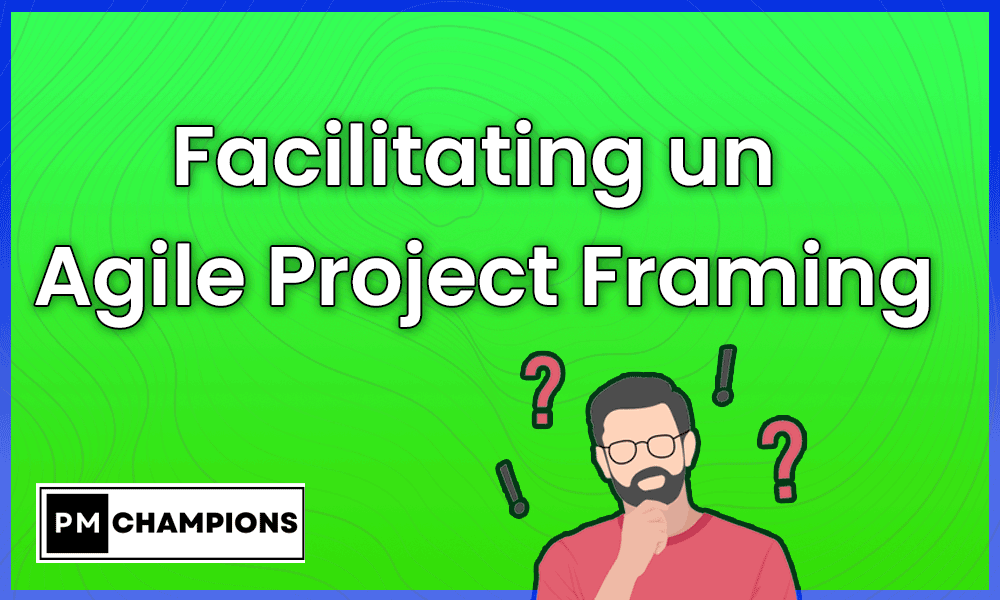
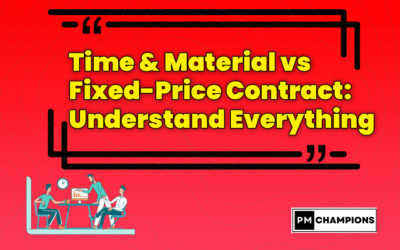
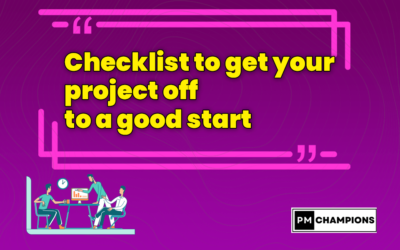
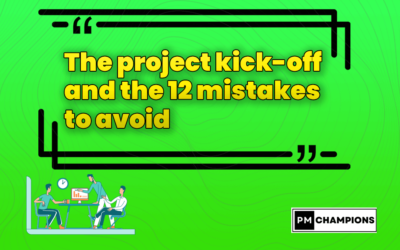

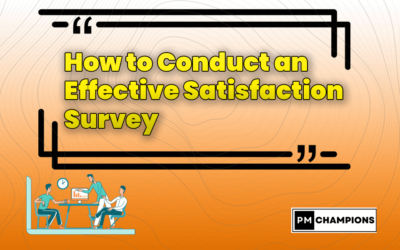
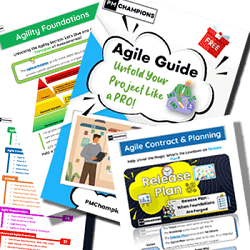
0 Comments